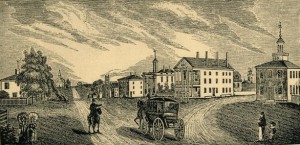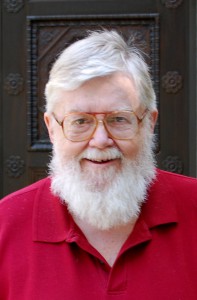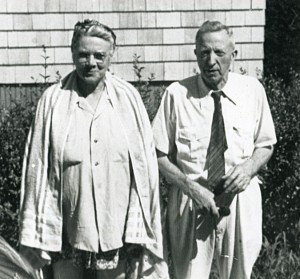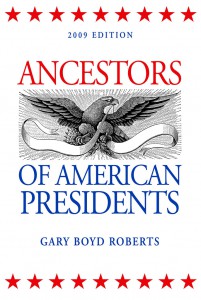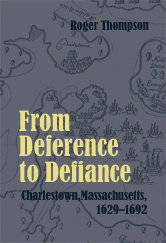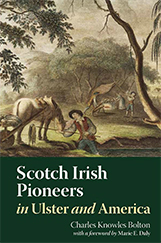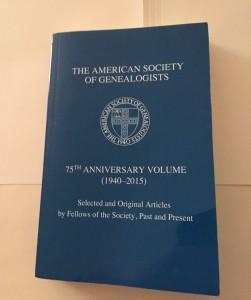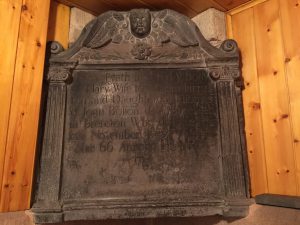 In the virtual world of genealogy, one can easily go to www.findagrave.com or www.billiongraves.com and record a gravestone – or simply pay respects to an ancestor’s gravestone. This technology has made it possible for countless genealogists to virtually visit or search gravestones thousands of miles away. This technology can also be utilized by apps designed for your smartphone.
In the virtual world of genealogy, one can easily go to www.findagrave.com or www.billiongraves.com and record a gravestone – or simply pay respects to an ancestor’s gravestone. This technology has made it possible for countless genealogists to virtually visit or search gravestones thousands of miles away. This technology can also be utilized by apps designed for your smartphone.
What about the gravestone no longer located in its original cemetery? When I first started working on my book A Guide to Massachusetts Cemeteries in 1987, I made inquiries into cemeteries throughout the Commonwealth of Massachusetts. Strange stories of abandoned gravestones located on stone walls or at historical societies became a database in their own right. Continue reading A final resting place
